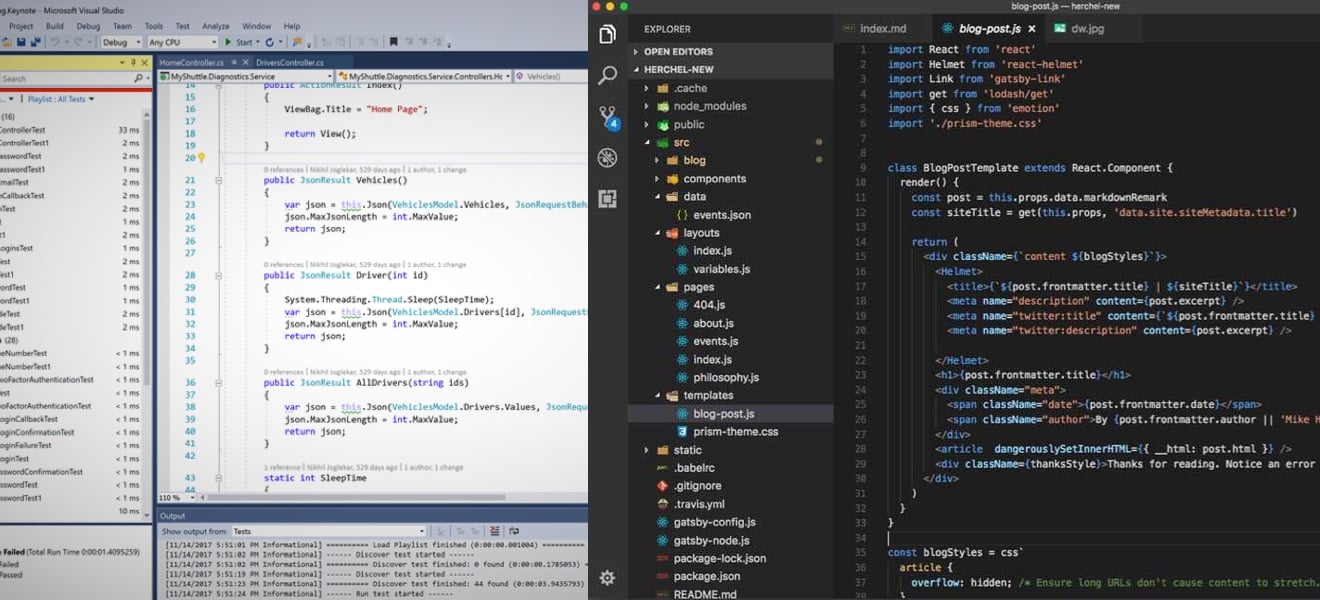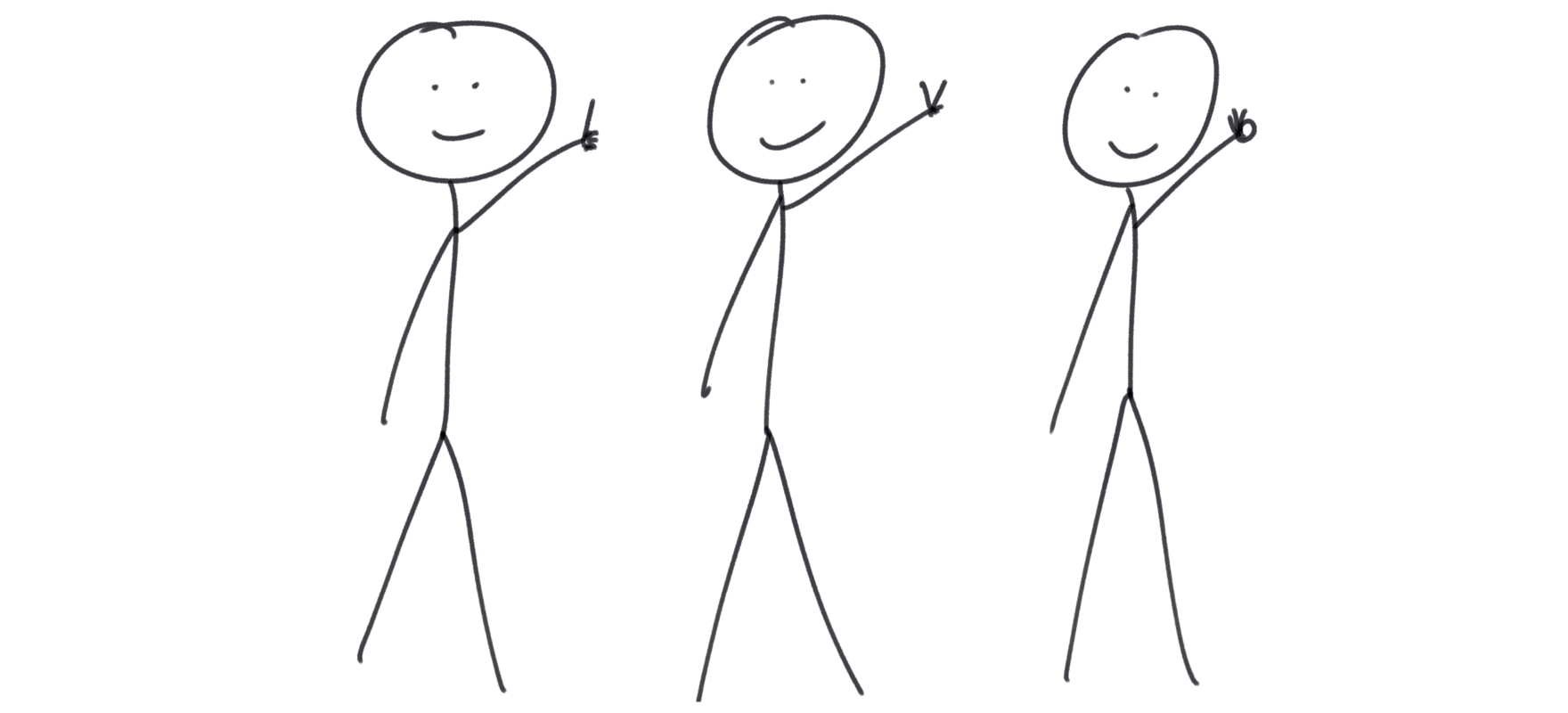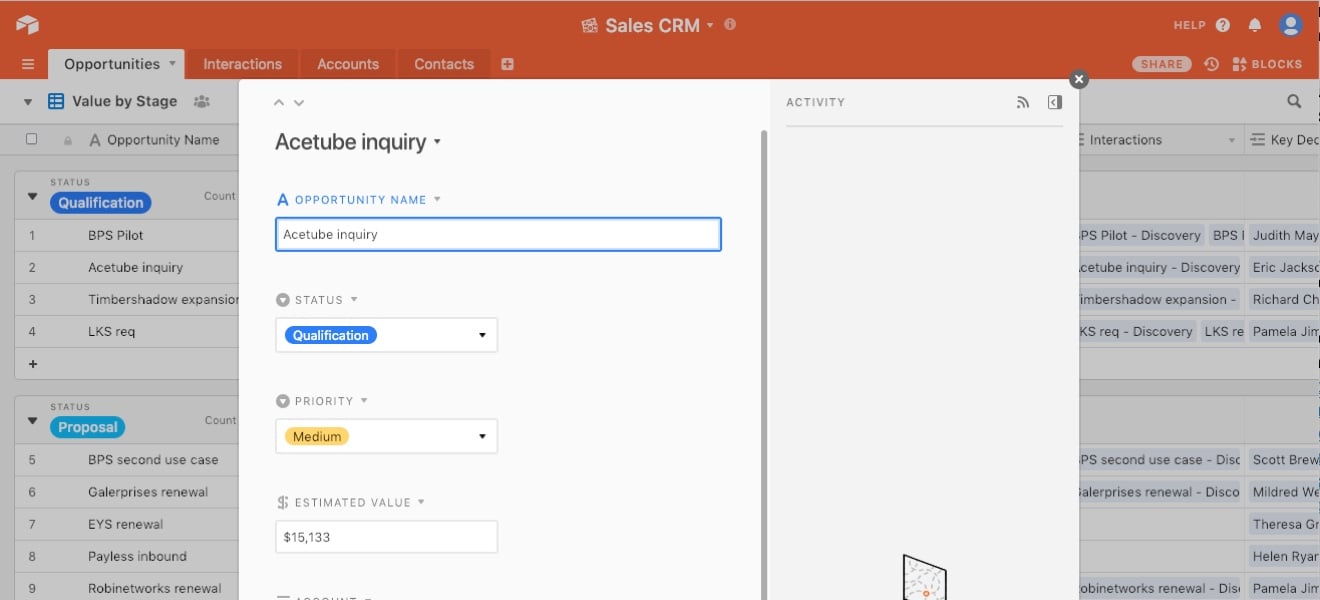
The Best Design Things I Read in 2019
A small collection of design articles that stuck out in my mind this year. I did this in 2018 and 2017 too.

Don’t feel like an expert? Share anyway.
“That’s already been said, I don’t need to repeat it.” “I don’t need to share my opinion on X, it’s already obvious.”
I talk myself out of speaking up every day.
Every. Day.
At work. On social media. Among friends. This is me. I’m still a working on improving and re-reading articles like this is motivating.

Compounding knowledge
An insight into Warren Buffet’s thinking. The whole article is worth your time, but the idea of expiring information stuck with me:
Expiring information is sexy but it’s not knowledge. Here are a few telltale signs you’re dealing with expiring information. First, it’s marketed to you. Second, lacking details and nuance, it’s easily digestible. […] Third, it won’t be relevant in a month or a year.
Avoid expiring information (easily digestible news that won’t be relevant next month). It’s a distraction.

Lessons from 6 software rewrite stories
Rewriting your application from scratch is often billed as “the single worst strategic mistake that any software company can make.” But history shows us that’s not always true.
This article looks at how Netscape, Basecamp, Visual Studio, Gmail, Fogbugz, and FreshBooks all rewrote their products at one point. Some worked out, others didn’t.

The tools we use: Challenging dogma in the design process
A rather cerebral dive into tools. Intercom’s Emmet Connolly shows us how tools augment our abilities, but can also contain biases and can be weaponized if we’re not careful.
Emmet is a great storyteller and provides loads of history. Reminds me of Wilson Minor’s talk a few years ago. I recommend reading or watching this one!

A three-step framework for solving problems
Step 1: Crystallize the problem you are solving Step 2: Align on the problem with your team and stakeholders Step 3: Keep coming back to the problem
Simple to say, harder to practice. If your product development process involves functional specs (and if it doesn’t, why not? 😉), there are a bunch of nuggets in this article to make them better.
Nothing helps reduce scope creep more than coming back to the problem statement and the success metrics. You can solve many problems in many ways, but you can also build a beautiful product that solves no problems.

Age of product excellence
I’m a big fan of Rian van der Merwe’s writing (I ❤️ his Elezea newsletter). In this interview, Rian shares his view on the craft of product management and how that plays out at Wildbit.
As a product designer, I’ve learned how a good product manager is worth their weight in gold and I enjoy reading Rian’s takes on various aspects of product development and strategy.

How to get into design leadership
This year I dove head first into the “people” part of my job. The soft skills. When I first starting learning about design leadership, I didn’t really know what it was. Articles like this helped me learn what design leadership this looks like in practice, and how to both identify and create opportunities for leading as a designer.

Tips for leading a design project
Full disclosure: I helped write this article with a coworker. But here’s the thing: despite that, I’ve referred back to this article several times after it was published.
When taking on a new design projects, there are so many things to consider, questions to ask, solutions to explore… the possibilities can seem endless (and sometimes paralyzing). Donna has a wonderful framework that she applies to each project, which is detailed in this article.

17 reasons not to be a manager
I applied for a management job at my company this year. I went for it hard… but didn’t get it (and with good reason, which I won’t get into here). Suffice to say this article came across my screen at an interesting time.
As an experienced designer, I’d been thinking about what’s next and thought management was the natural progression. Reading posts like Charity’s made me realize management isn’t the only path.
Julie Zhuo has also been an inspiration here, reminding us that any designer can help make the designers around them better and have an impact that’s greater than that of a single person.

How to have a successful UX career at Google (or anywhere else)
Successful designers are not only masters of their craft, but they have good business instincts.
As the title suggests, this article is not limited to Google employees. In fact it’s something we’ve been challenged with at Stack Overflow.
To set yourself up for a successful UX career, you need to shift your mindset from that of a product designer to a product owner by embracing the business side of design.
7 things every designer should know about business dives into this topic a bit deeper.

A year of working remotely
Despite what you may read on Twitter, remote work is neither the greatest thing in the world nor the worst. We are not moving to a world where offices go completely away, nor are we going through some sort of phase where remote work will eventually prove to be a giant waste of time. In other words, it’s complicated.
Spot on Mike… spot on.

Top 10 Application-Design Mistakes
I usually find Nielson Norman Group posts to be rather dry, but the listicle format makes this one easier to digest.
There’s nothing in here about “personalizing the experience” or “delighting the user.” Each point focuses on basic things like including sensible defaults to speed up and teach users, and providing helpful error messages that explain what went wrong and how it can be fixed. Basic things that are often overlooked.
2019 was another great year of folks being generous with their time and knowledge. Y’all continue to make me a better designer, employee, and person; thank you!
I’d love to hear some of your favorite reads from this year, hit me up on Twitter!
